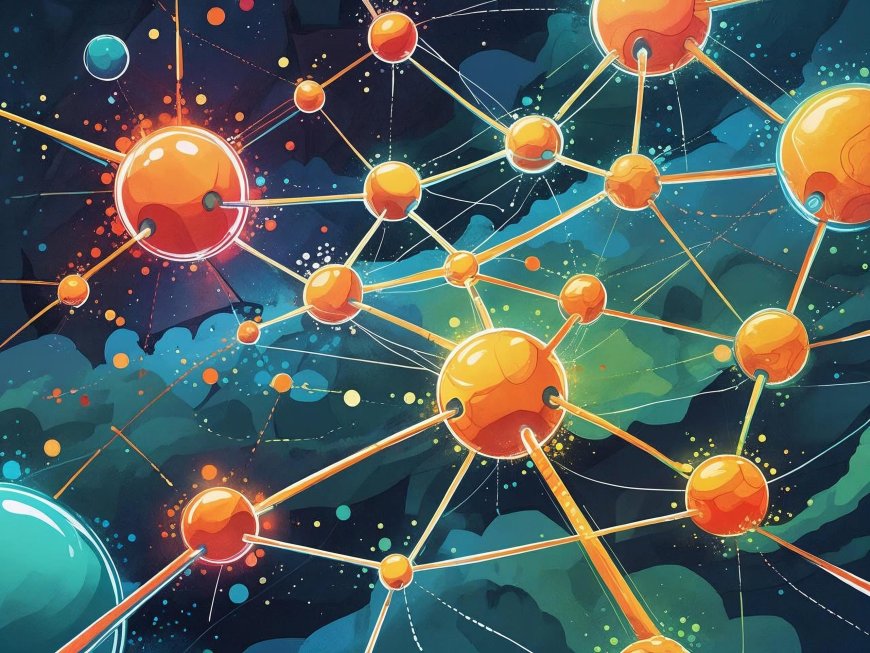Using Data to Identify Health Misinformation Trends
This white paper explores how data from social media, digital health platforms, and community reporting can be used to detect and respond to health misinformation trends in Africa. It presents real-world case studies and recommends strategies for integrating misinformation surveillance into digital health programs.

Abstract
Health misinformation—defined as false or misleading health-related claims presented as fact—has become a growing public health threat, particularly in the digital age. In Africa, misinformation has impacted vaccination campaigns, outbreak response, and trust in health systems. This white paper examines how governments, health organizations, and digital platforms can leverage data sources to identify and address misinformation trends early. It also explores tools, ethical considerations, and recommendations for scalable interventions.
Introduction
The COVID-19 pandemic highlighted the global scale of the “infodemic”—the overabundance of information, both accurate and false. In Africa, misinformation spread rapidly through social media, messaging apps like WhatsApp, and informal networks, often outpacing official health communication (WHO, 2020). Understanding how to use data to track, analyze, and combat these trends is critical to strengthening public health resilience and restoring trust in evidence-based medicine.
“Misinformation spreads faster than viruses—and can be just as dangerous.”
— WHO Africa, 2021
Sources of Health Misinformation in Africa
-
Social Media (Facebook, TikTok, X, WhatsApp)
-
Home remedies falsely claimed to cure COVID-19 or Ebola
-
Vaccine conspiracy theories (e.g., infertility, tracking microchips)
-
-
Religious and Cultural Influences
-
Health narratives shaped by charismatic leaders or elders
-
Misunderstandings of biomedical terms or interventions
-
-
Language and Literacy Barriers
-
Poor translation of scientific material fuels misinterpretation
-
Infographics or voice notes often more trusted than text
-
-
Distrust of Institutions
-
Historical colonial abuses, lack of transparency, or corruption reduce belief in public health advisories
-
How Data Can Help Detect Misinformation
1. Social Listening Platforms
-
Tools like Talkwalker, CrowdTangle, or Brandwatch can track hashtags, keywords, and sentiment on platforms like Twitter or Facebook.
-
Example: During COVID-19, WHO’s Africa Infodemic Response Alliance (AIRA) used real-time monitoring dashboards to detect false narratives.
AIRA Dashboard: https://www.who.int/initiatives/africa-infodemic-response-alliance
2. Natural Language Processing (NLP)
-
NLP algorithms can process millions of posts and flag content with misinformation markers (e.g., anti-vaccine, miracle cures).
-
Tools like Google’s Fact Check Tools and AI4D Africa’s language models have been adapted for Swahili, Yoruba, and other African languages.
3. Community Feedback Systems
-
SMS or IVR-based tools (e.g., U-Report by UNICEF) gather real-time community concerns and rumors.
-
Example: In Uganda, the Ministry of Health used U-Report to track rumors about COVID-19 vaccines.
https://uganda.ureport.in/
4. WhatsApp Chatbots
-
Chatbots like WHO’s Health Alert Bot can track common questions or myths being shared and adjust FAQs dynamically.
Case Studies
🌍 Nigeria’s COVID-19 Social Listening System
Nigeria’s CDC used real-time dashboards powered by social media APIs and NLP models to monitor misinformation narratives around vaccines. Collaborated with Facebook to downrank viral hoaxes.
Source: Nigeria Centre for Disease Control – https://ncdc.gov.ng
🌍 Kenya’s #StopCoronaRumors Campaign
Collaborated with data scientists to mine Twitter and Facebook trends, identifying geographic hotspots of misinformation and deploying counter-messaging via SMS and radio.
Read more: https://www.health.go.ke
Ethical and Technical Considerations
| Challenge | Description |
|---|---|
| Privacy & Surveillance | Must avoid overreach or suppression of free speech while monitoring content |
| Language Diversity | Misinformation often spreads in local dialects where monitoring tools are weak |
| Context Sensitivity | A message deemed “false” in one context may hold cultural truth in another |
| Algorithmic Bias | NLP tools trained on English or Global North datasets may mislabel local discourse |
Recommendations
1. Build African Language NLP Tools
Partner with AI labs and universities to develop open-source models for major African languages to improve detection.
2. Integrate Social Listening in Health Programs
Health ministries should include social media analytics teams in outbreak and campaign planning.
3. Support Community-Based Reporting
Set up toll-free SMS, IVR, or chatbot-based rumor reporting systems in local languages.
4. Co-create Counter-Narratives
Work with influencers, faith leaders, and community health workers to develop trusted messages that debunk myths using relatable language and media formats.
5. Strengthen Platform Accountability
Push for stronger partnerships with social media companies to detect and remove harmful misinformation in African contexts.
Conclusion
Data analytics and digital listening tools offer powerful opportunities to identify and combat health misinformation before it causes harm. In Africa, where trust, language, and access vary widely, interventions must be local, inclusive, and proactive. By embedding misinformation surveillance into health systems, Africa can better protect its populations against digital disinformation threats.
References (APA 7th Edition)
Africa Infodemic Response Alliance (AIRA). (2021). AIRA infodemic monitoring dashboard.
https://www.who.int/initiatives/africa-infodemic-response-alliance
Nigeria Centre for Disease Control (NCDC). (2021). COVID-19 Situation Report and Response Strategy.
https://ncdc.gov.ng
UNICEF Uganda. (2021). U-Report Uganda.
https://uganda.ureport.in/
World Health Organization. (2020). Managing the COVID-19 infodemic: Promoting healthy behaviours and mitigating the harm from misinformation and disinformation.
https://www.who.int/news/item/23-09-2020-managing-the-covid-19-infodemic
What's Your Reaction?
 Like
0
Like
0
 Dislike
0
Dislike
0
 Love
0
Love
0
 Funny
0
Funny
0
 Angry
0
Angry
0
 Sad
0
Sad
0
 Wow
0
Wow
0



















































